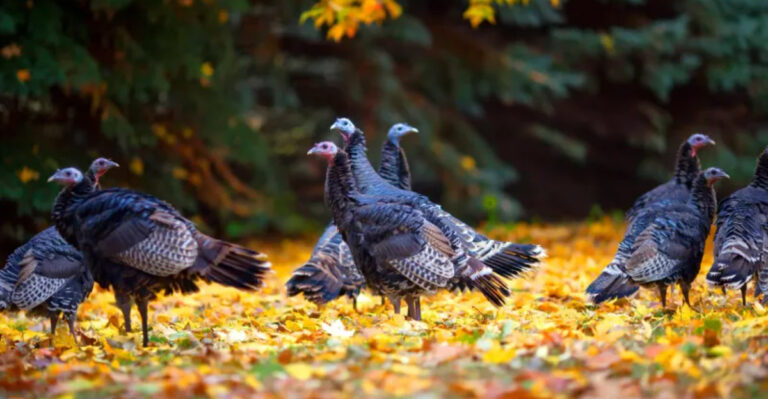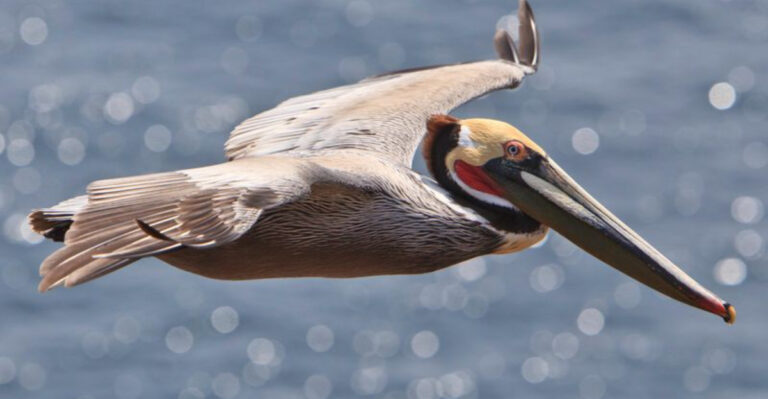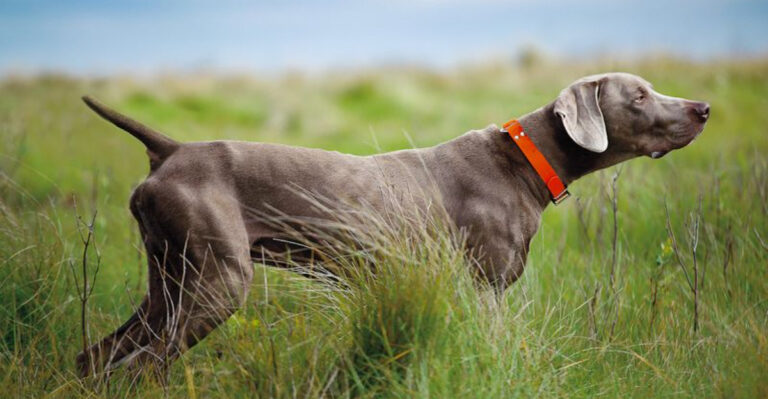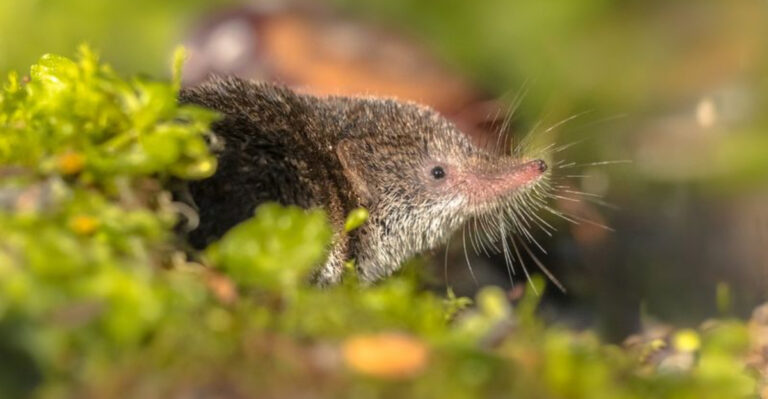The Mystery Of Idaho’s Biggest Whitetail Deer Ever Harvested Finally Solved

For decades, hunters and wildlife enthusiasts have whispered about Idaho’s legendary whitetail deer – the biggest one ever harvested in the state. This magnificent creature has been surrounded by mystery, speculation, and even some tall tales.
After years of research and investigation, wildlife biologists and hunting historians have finally pieced together the real story behind this record-breaking buck.
1. There’s A Reason Idaho’s Considered A ‘Gem State’
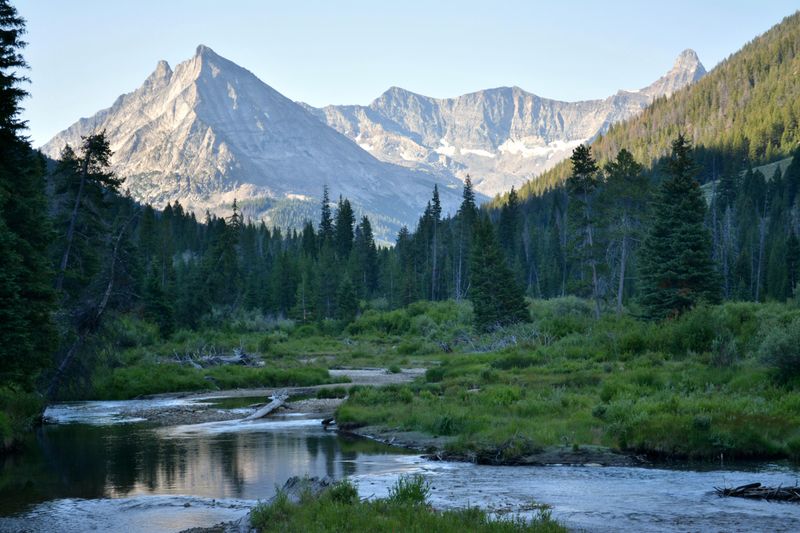
Hidden among America’s northwest treasures, Idaho earned its nickname from the stunning landscapes and natural resources that define it. The rugged mountains, dense forests, and crystal-clear rivers create perfect habitats for wildlife to thrive.
Many folks don’t realize that Idaho contains more than 20 million acres of public lands, giving animals plenty of room to grow undisturbed. These remote areas allow deer to reach maturity without human interference.
The unique combination of diverse ecosystems – from high alpine meadows to lowland river bottoms – provides whitetail deer with everything they need: abundant food sources, protective cover, and limited predation in certain regions.
This special environment helps explain why Idaho produces some truly remarkable specimens.
2. What Animal Species Can Be Found In Idaho’s Wilderness?
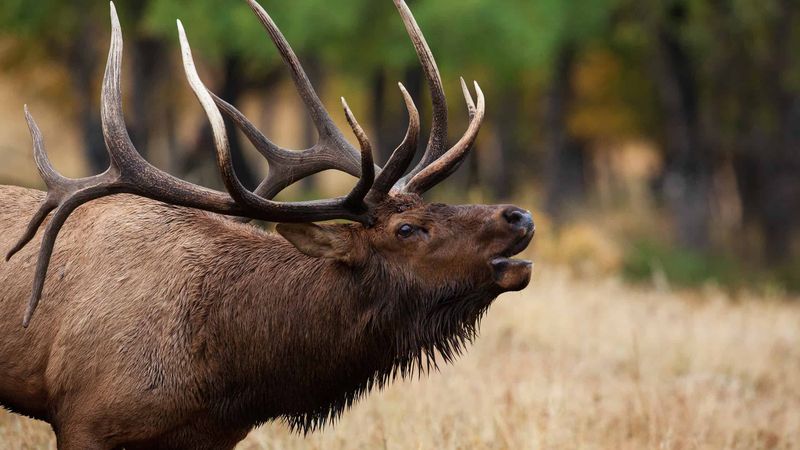
Idaho’s varied terrain hosts an impressive array of wildlife. Alongside the famous whitetail deer, you’ll find mule deer, elk, moose, black bears, mountain lions, and even wolves roaming through the backcountry.
Beavers and river otters splash in the waterways, while bald eagles and osprey soar overhead. The state’s remote areas also shelter rare creatures like wolverines and lynx that few people ever glimpse.
Whitetail deer weren’t always abundant here – they’ve actually expanded their range significantly over the past century. They now thrive particularly in northern and central Idaho, adapting beautifully to the mix of forests, farmlands, and river corridors.
3. The History Of Whitetail Deer Hunting In Idaho
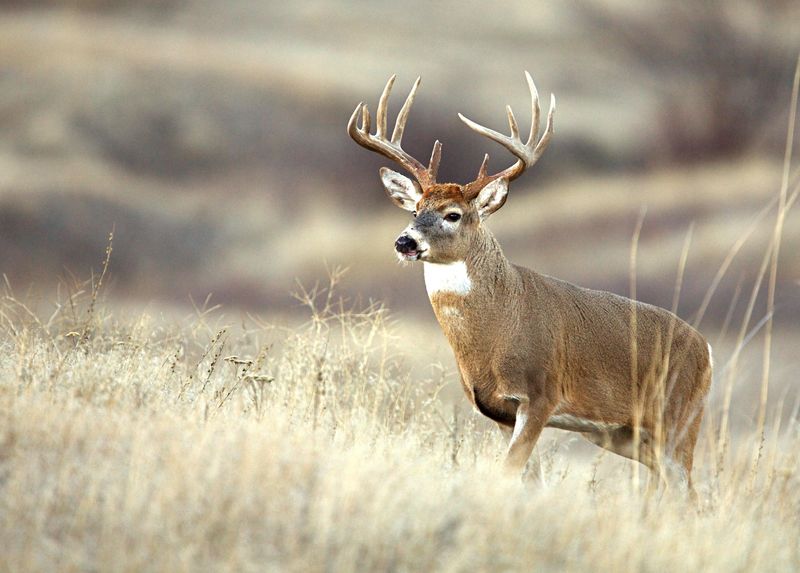
Whitetail hunting in Idaho traces back to Native American tribes who relied on these animals for survival long before European settlers arrived. The Nez Perce and Shoshone-Bannock tribes developed sophisticated hunting techniques perfectly suited to the region’s challenging terrain.
By the early 1900s, unregulated hunting and habitat loss had severely reduced deer populations across the state. Alarmed by the decline, Idaho implemented its first hunting regulations around 1909, establishing seasons and bag limits.
The modern era of managed whitetail hunting began in the 1950s when biologists started tracking populations scientifically. Record-keeping for trophy animals became more formalized during this period too, setting the stage for documenting exceptional harvests.
Today’s hunters benefit from over a century of conservation efforts that helped restore Idaho’s whitetail populations.
4. The Story Behind Idaho’s Largest Whitetail Deer
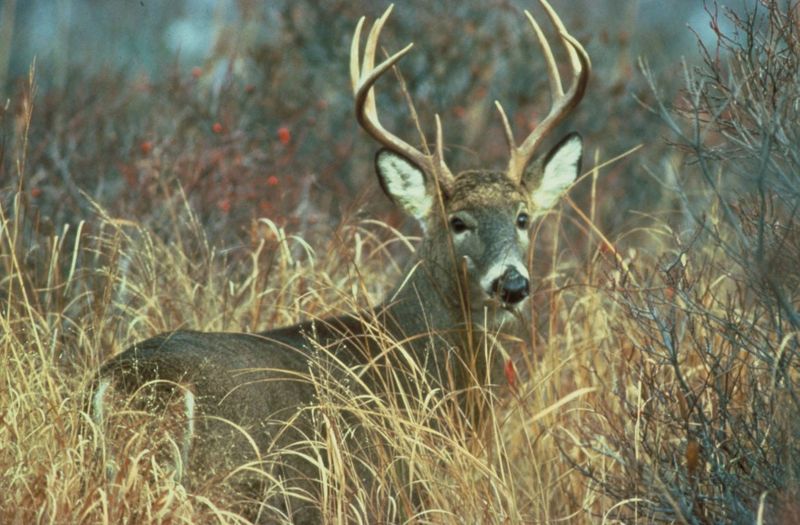
The legendary buck was harvested in November 1997 by hunter Wayne Fitzpatrick in Idaho County’s remote Clearwater region. Fitzpatrick wasn’t trophy hunting that fateful morning – he was simply hoping to fill his freezer when he spotted unusual movement in a thick stand of pines.
What emerged was a massive 12-point buck with an extraordinary rack featuring unusual drop tines and exceptional mass.
Fitzpatrick made a clean shot at about 180 yards with his .30-06 rifle. Only after bringing the deer to a local check station did Fitzpatrick realize he might have something special.
Wildlife officials were immediately stunned by the deer’s dimensions. The buck field-dressed at 246 pounds – nearly 30% larger than typical mature Idaho whitetails.
For years, rumors circulated about the deer’s origins, with some claiming it must have been a farm-raised specimen.
5. What Makes A Whitetail Deer ‘Record-Breaking’?
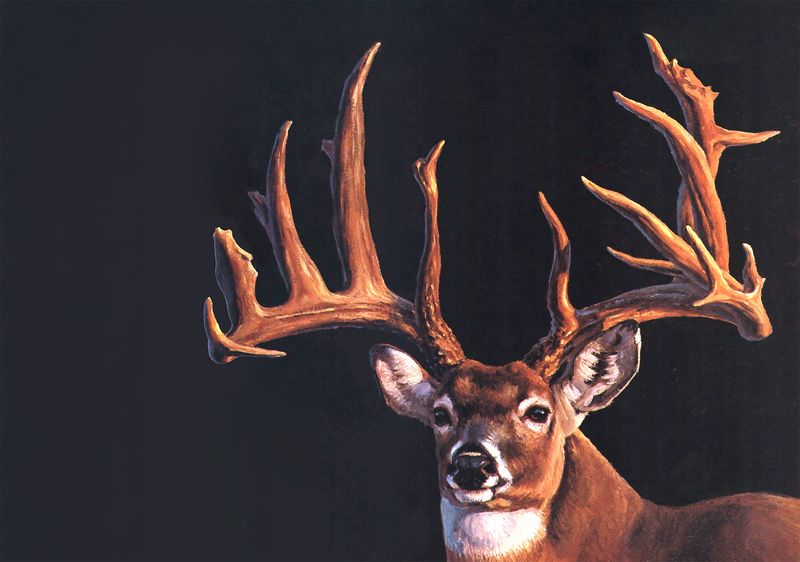
Record-breaking whitetails aren’t just big – they possess specific qualities that set them apart from average bucks. Antler size forms the primary measurement, with scorers examining beam length, tine length, circumference measurements, and inside spread.
Symmetry matters tremendously in scoring systems. A perfectly matched set of antlers scores higher than uneven ones, even if the total antler mass is similar. Unusual features like drop tines or kicker points can add character and sometimes additional points.
Body size also factors into record consideration, though it’s not part of the official scoring system. Idaho’s record buck stood out for both its massive body weight and exceptional antler development.
Age is another crucial factor – most record deer are mature bucks between 5-7 years old, having reached their peak development before natural decline begins.
6. How Records Are Calculated: Understanding The Scoring System
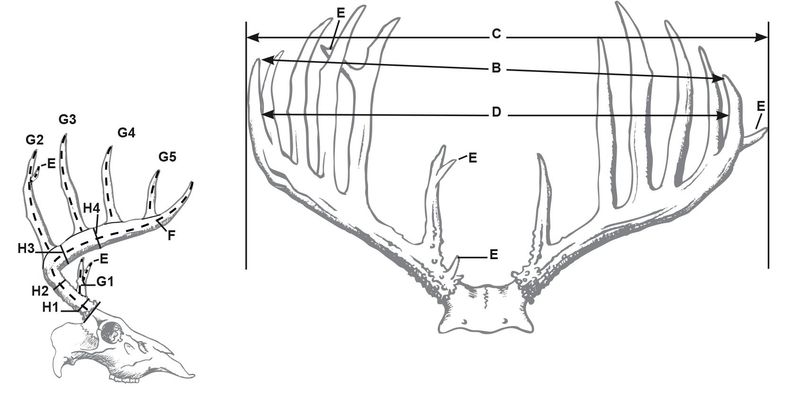
The Boone and Crockett Club maintains North America’s official big game records using a meticulous scoring system developed in the 1950s.
For whitetails, scorers take precise measurements of each antler point, beam length, and circumference measurements at specific locations. After adding these measurements together, deductions are taken for asymmetry between the left and right antlers.
The final score determines whether a deer qualifies for record books at various levels – typical and non-typical categories exist to account for different antler configurations.
Idaho’s record whitetail scored an impressive 186 3/8 inches in the typical category after the mandatory 60-day drying period.
Few hunters understand that fresh antlers shrink slightly as they dry, which is why official scoring can’t happen immediately after harvest. This meticulous process ensures fair comparisons between different deer across time and regions.
7. The Role Of Hunters In Unlocking The Mystery

Local hunters played a crucial role in piecing together the story of Idaho’s record whitetail. Their knowledge of deer movements, habitat preferences, and historical sightings helped wildlife officials trace the buck’s likely history.
Several hunters reported seeing an unusually large deer in the area during previous seasons. Trail camera photos from neighboring properties revealed what appeared to be the same deer two years prior to its harvest, already sporting an impressive rack.
The hunting community’s careful documentation of game harvested in the region also established important context.
By comparing this buck to others taken nearby, biologists confirmed it wasn’t an anomaly but rather represented the exceptional potential of Idaho’s deer genetics when allowed to reach full maturity.
The collaborative effort between hunters and wildlife managers ultimately solved many questions about this remarkable animal.
8. Challenges In Verifying Deer Records: The Process Explained
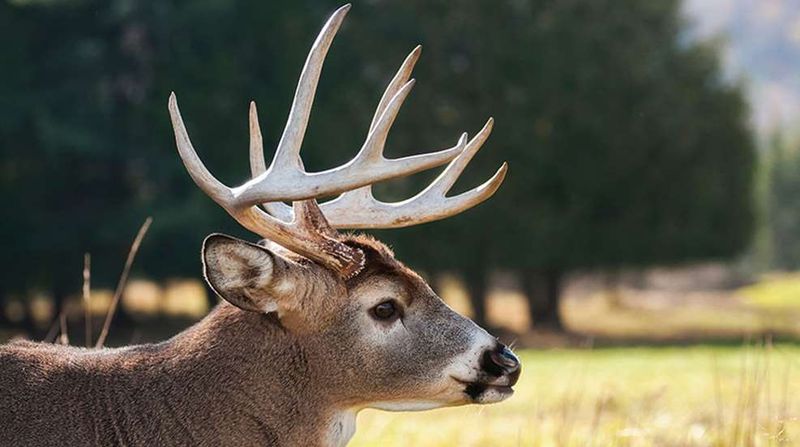
Verifying a potential record deer involves numerous challenges that many hunters don’t realize. First, the antlers must undergo a 60-day drying period before official measurement, as fresh antlers contain moisture that evaporates over time, changing their dimensions.
Finding qualified, certified measurers presents another hurdle – especially in remote areas of Idaho. These individuals must complete extensive training to ensure consistent application of complex scoring rules.
Documentation requirements create additional barriers. Hunters must provide multiple photographs, witness statements, and sometimes even DNA testing to confirm the deer’s wild origin.
The record verification process for Idaho’s largest whitetail took nearly eight months to complete as officials investigated rumors that the deer might have escaped from a game farm.
Ultimately, genetic testing confirmed it was indeed a wild Idaho whitetail, putting those suspicions to rest.
9. Expert Insights: Why Idaho’s Deer Stand Out In The Record Books
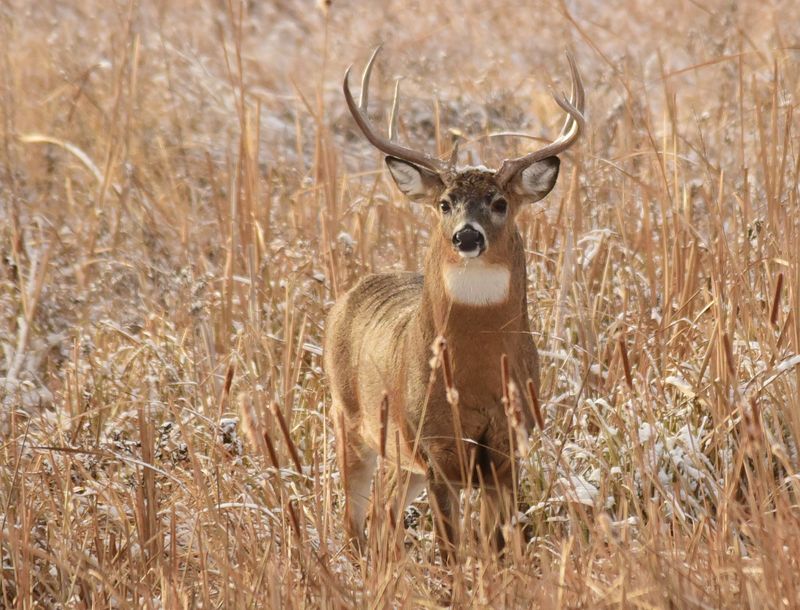
Wildlife biologist Dr. Elena Sandoval explains that Idaho’s whitetails benefit from a perfect storm of genetic and environmental factors. The state’s deer descend from northern woodland stock, known for producing larger body sizes than southern whitetail varieties.
Nutritional advantages play a key role too. Parts of Idaho offer abundant natural forage alongside agricultural areas, providing year-round nutrition that supports exceptional antler growth. The calcium-rich volcanic soils in certain regions contribute to superior bone development.
Limited hunting pressure in remote areas allows bucks to reach advanced ages rarely seen in more accessible states. Dr. Sandoval notes that most record-class bucks are at least 6.5 years old – practically ancient in deer terms.
Idaho’s varied topography creates refuge areas where mature bucks can avoid hunting pressure while accessing optimal nutrition, explaining why the state produces remarkable specimens despite not being known primarily as whitetail territory.
10. The Significance Of The Record In Idaho’s Wildlife Legacy
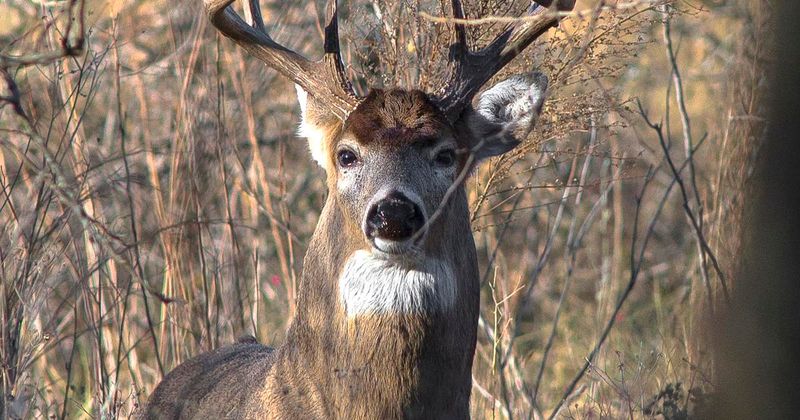
The record whitetail represents more than just an impressive set of antlers – it symbolizes Idaho’s commitment to wildlife management excellence.
This single deer sparked renewed interest in the state’s whitetail population, attracting researchers who discovered unique genetic traits in Idaho’s northern deer herds.
Tourism benefited significantly as well. The year following the record’s confirmation, hunting license applications for Idaho’s whitetail units increased by 23%, bringing valuable conservation funding to the state.
Most importantly, this record buck changed how biologists view habitat management in the region. The discovery that such exceptional deer could develop in certain microclimates led to targeted conservation efforts to protect these special areas.
Today, Idaho’s wildlife management plans specifically reference the record deer when establishing goals for herd health and habitat preservation, ensuring its legacy extends far beyond the record books.
11. The Impact Of Conservation On Whitetail Deer Populations
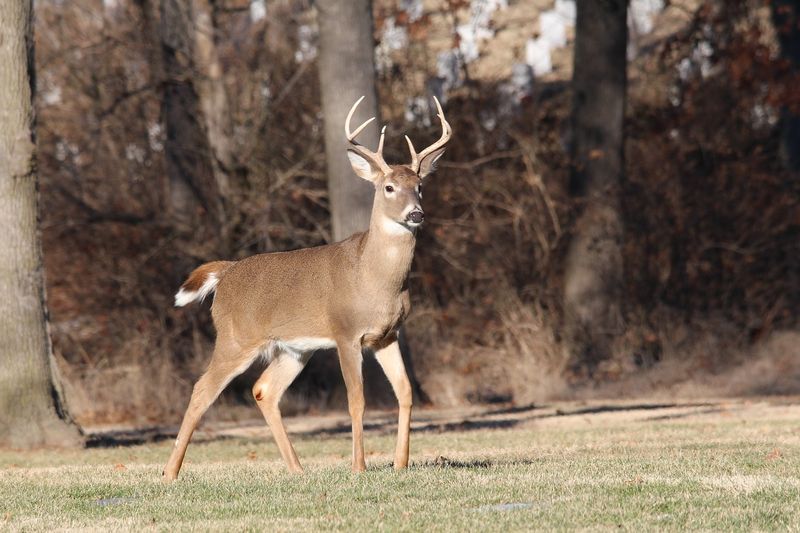
Conservation efforts transformed Idaho’s whitetail populations from dangerously depleted to thriving over the past century. Carefully regulated hunting seasons, habitat restoration projects, and predator management all contributed to this remarkable recovery.
Reforestation of logged areas created ideal edge habitat where whitetails flourish. Meanwhile, riparian protection laws preserved crucial river corridor habitats that serve as travel routes and winter refuge for deer throughout the state.
Perhaps most significant was the establishment of wildlife management areas specifically designed to benefit deer populations.
The Craig Mountain Wildlife Management Area near where the record buck was harvested represents a conservation success story. Created in the 1970s, this protected area provides ideal conditions for bucks to reach their full potential.
The record deer likely spent most of its life within this protected zone, demonstrating how targeted conservation creates the conditions for exceptional wildlife to develop.
12. What This Record-Breaking Deer Tells Us About Idaho’s Ecosystem
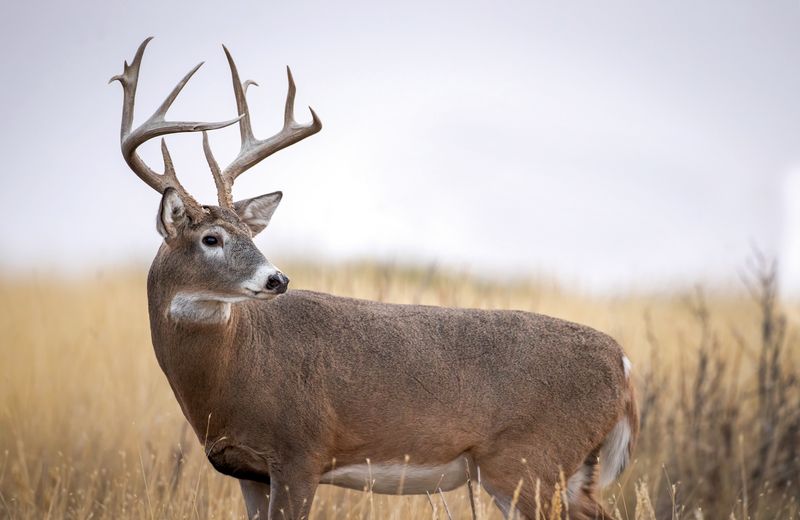
The record whitetail serves as a biological indicator of ecosystem health. For a deer to reach such exceptional size requires years of optimal nutrition, limited stress, and minimal human disturbance – all signs of a balanced natural system.
Analysis of the deer’s teeth and bone structure revealed fascinating details about Idaho’s changing landscape.
Growth rings in the antler bases showed consistent good nutrition years, except for one narrower ring corresponding to a severe drought year, demonstrating how climate patterns affect wildlife development. Stomach content analysis provided another ecosystem snapshot, revealing a diverse diet of native plants, suggesting healthy plant biodiversity in the area.
The presence of such an exceptional animal indicates that Idaho has successfully maintained some truly pristine wildlife habitats despite development pressures.
Biologists now use these insights when evaluating the health of other wilderness areas, looking for similar indicators of ecological balance.
13. Lessons Learned From Idaho’s Biggest Whitetail Deer Ever Harvested
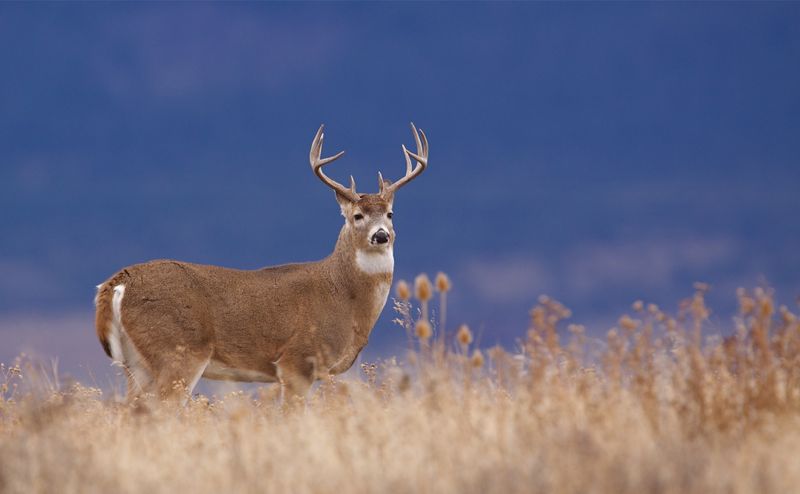
The story of Idaho’s record whitetail teaches valuable lessons about wildlife management. Most significantly, it demonstrates the importance of patience in conservation – the habitat protections that enabled this deer to thrive were established decades before it was born.
Hunters gained insights about deer behavior from studying this buck’s patterns. Trail camera evidence showed it was primarily nocturnal and rarely ventured from thick cover during daylight except during the rut – explaining how it survived to an estimated age of 7.5 years.
Perhaps most importantly, this deer changed public perception about wildlife value. Many who followed the story came to appreciate that exceptional animals are worth far more alive than harvested. This shift in thinking has supported expanded conservation initiatives across Idaho.
Today, wildlife managers apply these lessons by creating sanctuaries where deer can reach maturity, benefiting both the ecosystem and future generations of wildlife enthusiasts.


